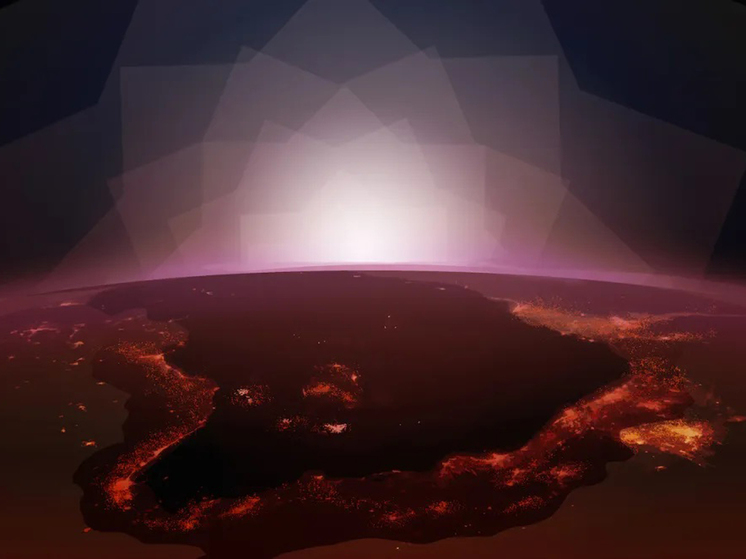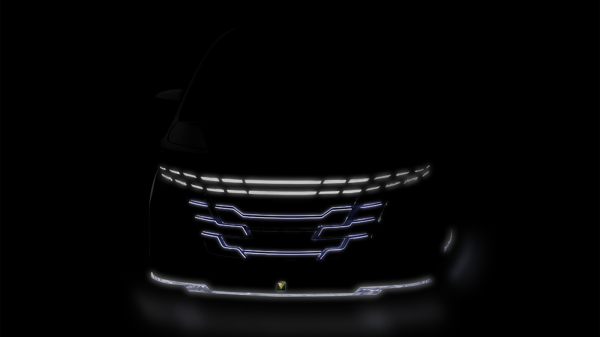«More analyzes are needed to reveal the true nature of these sources.»
A study of five million distant solar systems using «neural network» algorithms identified 60 stars that, according to -apparently surrounded by giant alien power plants.

According to astronomers, seven stars — so-called M-dwarf stars, which are between 60 and 8 percent the size of our Sun — have been recorded as emitting unexpectedly high infrared «heat signals», writes the Daily Mail.
< p>Natural and better understood cosmic “phenomena,” they report in their new study, “cannot easily explain the observed excess infrared emission.”
Since theoretical physicist Freeman Dyson first proposed this idea at Princeton in 1960, astrophysicists proposed that highly advanced aliens could build massive solar energy collectors around one or more stars.
The physicist argued that by powering their space-faring civilizations, these hypothetical «Dyson spheres» would manifest themselves by emitting more heat than normal.
Astrophysicists and planetary scientists call «Dyson spheres» and other similar concepts «technosignatures» «, or simply signs of the presence of technology in the Universe, notes the Daily Mail.
Techno-signals can range from incredible feats of engineering to more modest signs such as technological pollution, including nitrogen dioxide from fuel combustion, or chlorofluorocarbons (CFCs), which threatened the Earth's ozone layer years ago, and both can be detected using telescopes light years away.
Two teams of astronomers, led by Mathias Suazo of Uppsala University in Sweden and Gabi Contardo of the International School of Advanced Study in Italy, conducted the latest search for infrared data that could reveal a distant «Dyson sphere».
The researchers combined the data, taken from the European Space Agency's Gaia satellite, the Wide-field Infrared Survey Explorer (WISE) space telescope, and the ground-based infrared telescope MASS2.
Although there may be other explanations for the redundant infrared signatures they found, Suazo noted, » the most interesting explanation may be real Dyson spheres.»
Suazo's team in Sweden found that seven red M dwarf stars, each within 900 light-years of Earth, appear to emit 60 times more infrared heat than would be expected from their size.
For each red dwarf star, they calculated how much of its radiation would have to be blocked by some possible energy harvesting technology to produce a measured ratio of infrared heat to visible light.
These values ranged from 3 to 16 percent for the seven unusual stars they identified.
«It doesn't look like there's one solid shell around the star,» one of Suazo's team members, astrophysicist Jason Wright, told New Scientist. Pennsylvania State University.
In other words, if these stars turned out to be surrounded by alien power plants, they would likely be a variant of an all-encompassing Dyson sphere, dubbed a «Dyson swarm.»
Such a swarm could appear in the form of a large fleet of satellites that would orbit these stars as a means of harvesting energy.
«Additional analyzes are certainly needed to uncover the true nature of these sources,» the team wrote in their study published this month in the Monthly Notices of the Royal Astronomical Society.
The results obtained by Contardo's group in Italy were broader and used a different machine learning computer model to look for infrared «technosignals» of Dyson spheres, partial spheres or swarms.
They identified 53 candidates, including strange infrared emission around several large sun-like stars, at distances that extend further than Suazo's team's candidate stars: up to 6,500 light-years from Earth.
«Some of these objects appear to be young stars,» Contardo's team acknowledged in their study. Young stars likely emit infrared radiation as they heat clouds of debris and not yet fully formed planets in their equally young solar system.
Although Contardo said both the stars in her group and the candidate stars were «interesting,» she acknowledged that astronomers and other scientists «will need more observations to confirm anything.»
Suazo's group suggested that a useful next step could be optical spectroscopy, a technique that in the past made it possible to separate interesting old stars from younger ones surrounded by debris and “protoplanets”.























































Свежие комментарии